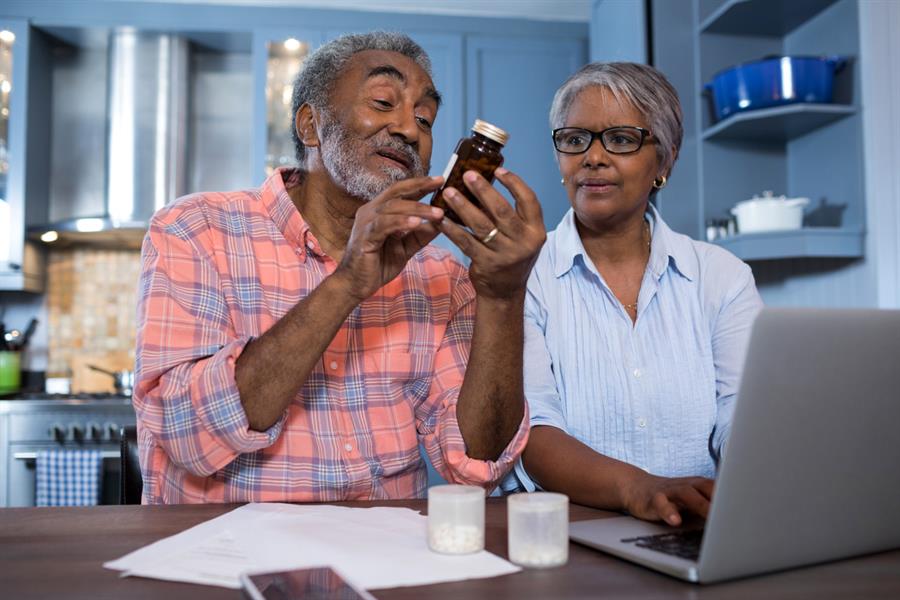How many pills do you take every day? As people get older and suffer more age-related health problems, they’re likely to continue adding to the collection of pill bottles on their night stand or pill shelf. Those medications were likely prescribed for good reason, but over time some drugs may no longer be helpful, and in fact can even cause harm. A doctor or pharmacist can help assess the benefits and risks of each one and “deprescribe” any that are no longer appropriate.
There is good evidence that alternative, non-drug options such as relaxation techniques (including music & yoga), exercise, acupuncture and cognitive behavioural therapy can provide relief for many common causes of pain and other ailments.
Here are five alternative therapies that have been tested by researchers.
Try acupuncture for headaches
Headaches can affect your quality of life, so it’s no wonder that when a headache strikes, finding treatments that bring relief becomes a top priority. Acupuncture may help reduce the frequency of headaches and migraines, at least in the short-term, and is safe and well tolerated.
Practice tai chi for type 2 diabetes
Traditional Chinese Medicine has been practiced for thousands of years and encompasses exercises like tai chi and ba duan jin. In people with type 2 diabetes, tai chi may help reduce fasting blood sugar levels and BMI, and improve certain aspects of quality of life; while ba duan jin may help lower fasting and average blood sugar levels and BMI, and improve symptoms of depression.
Yoga for balance, low back pain and more
The poses, stretches, breathing and relaxation/meditation techniques associated with yoga are credited with maintaining good health and improving health conditions that tend to affect us as we age. Yoga can help to relieve chronic low back pain, improve balance and mobility and ease symptoms of certain diseases such as cancer, asthma and type 2 diabetes.
The power of music
Music can promote well-being and a sense of control, reduce anxiety, improve memory, and build social connections.
Exercise to reduce symptoms of depression
Exercise can enhance mood and a sense of well-being due to endorphins and other “feel good” chemicals in the brain that are released when we’re physically active. Exercise is prescribed – often in combination with other therapies – to help reduce symptoms of depression.





